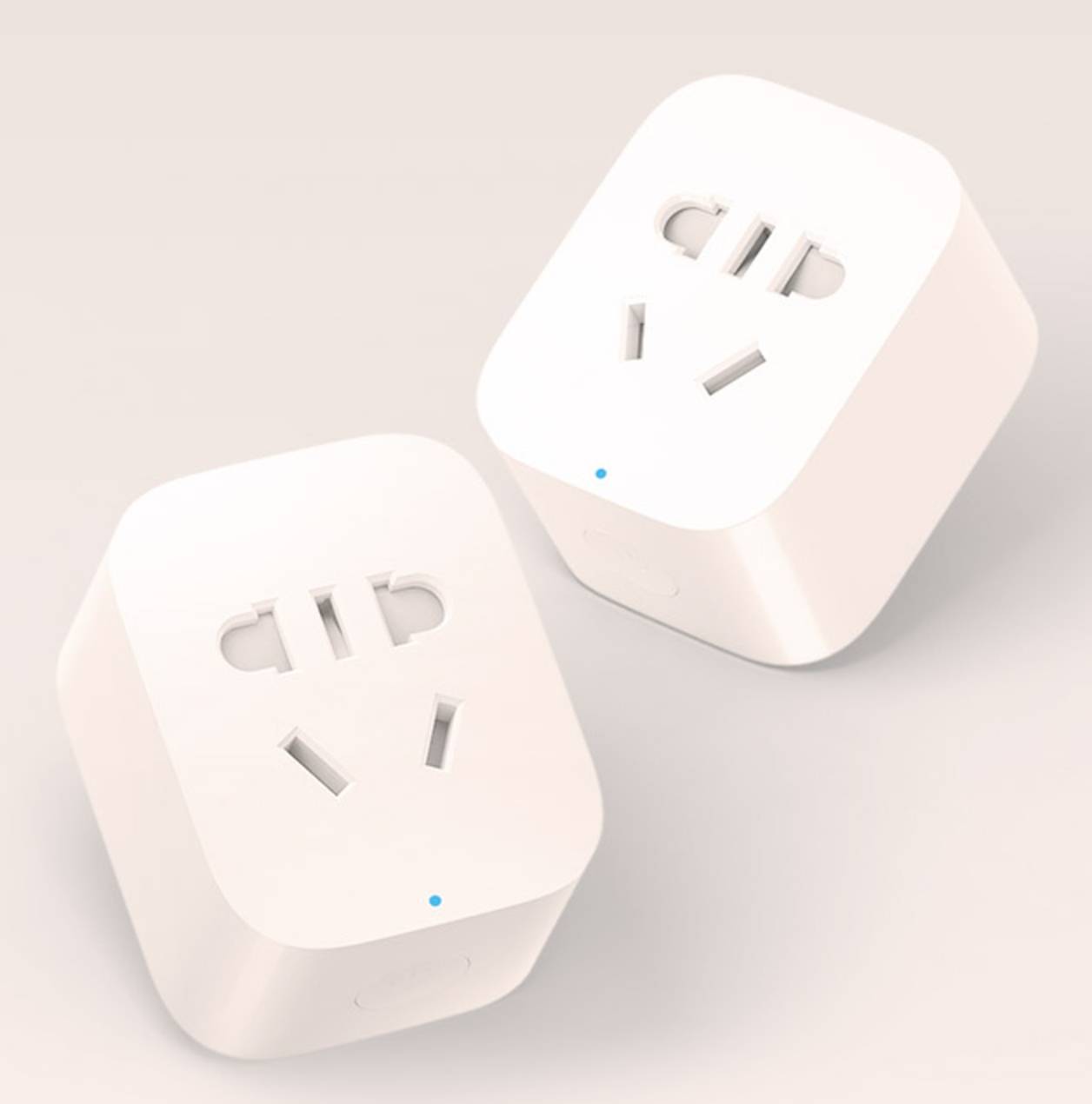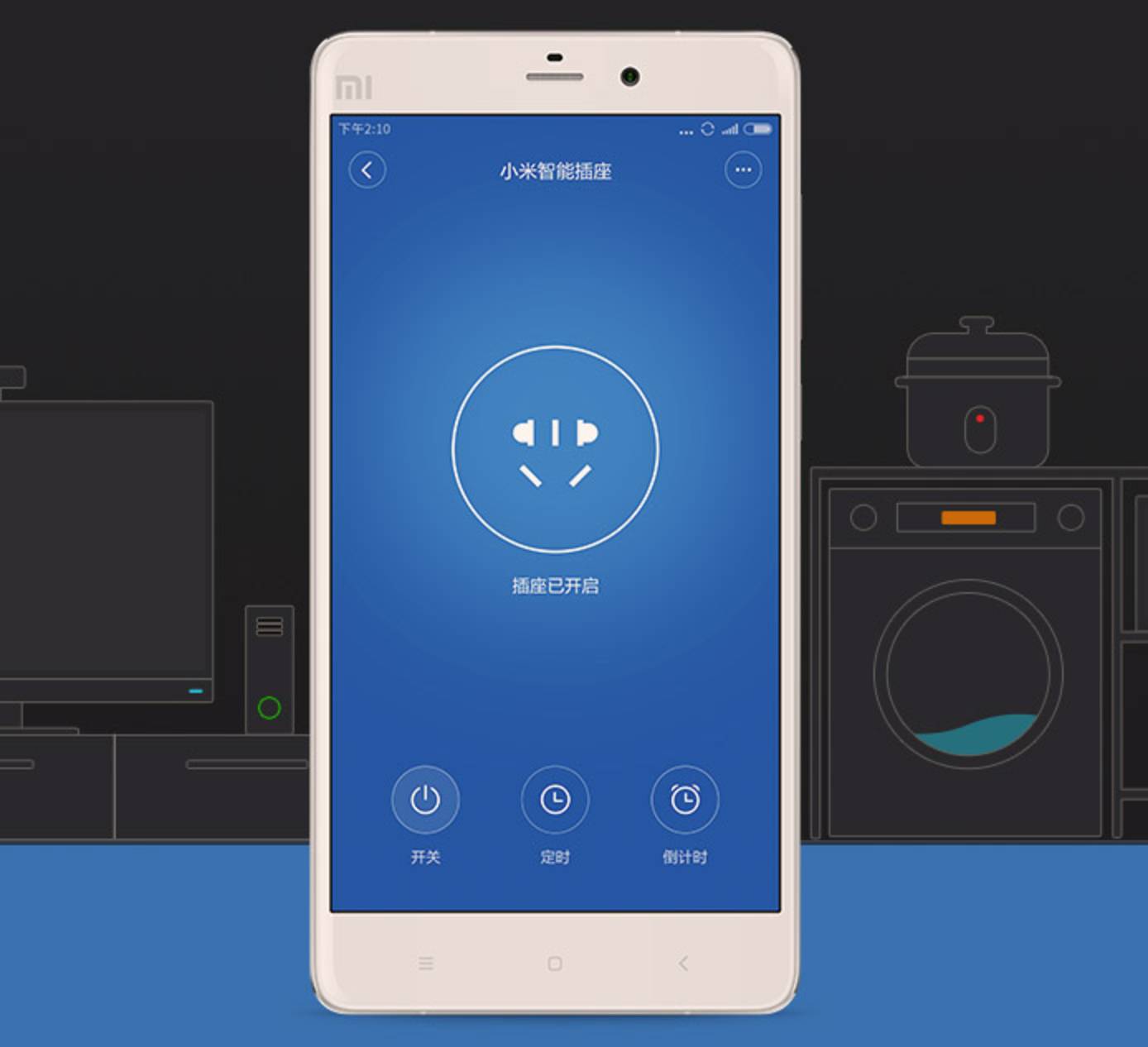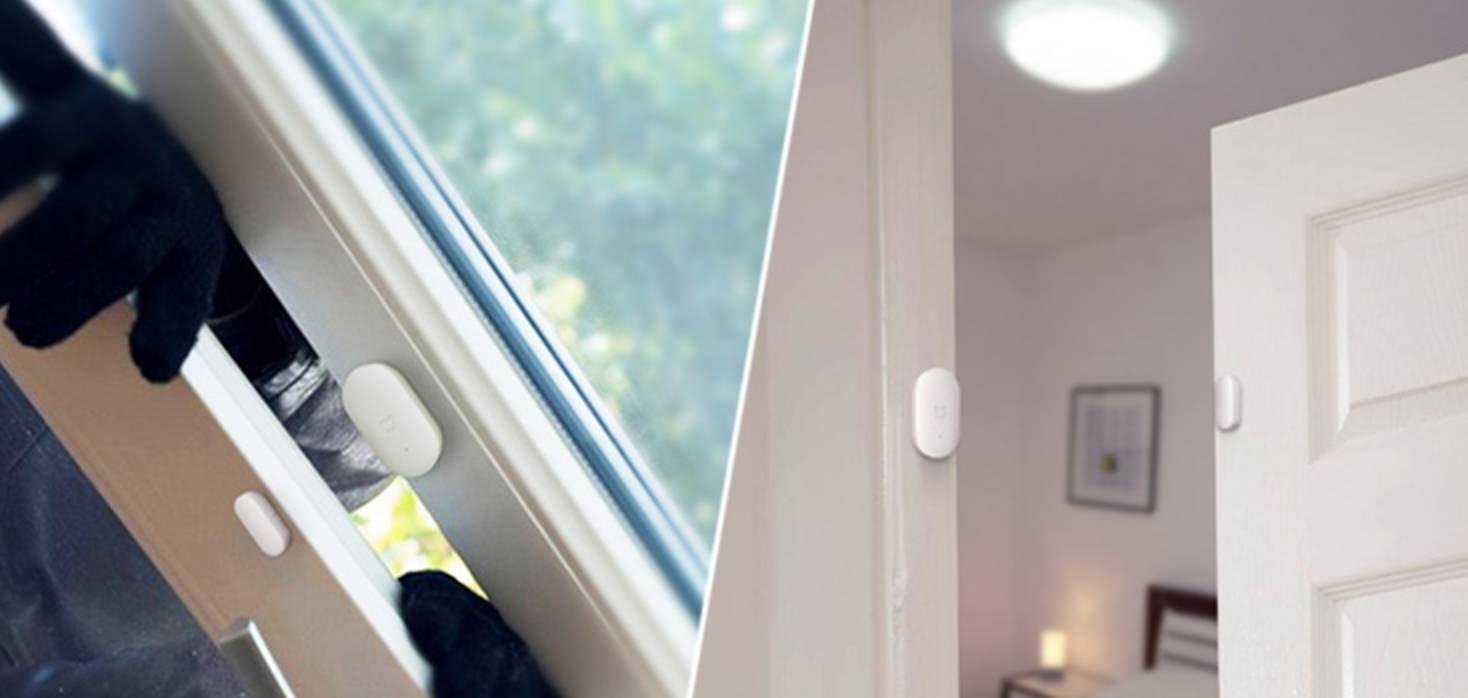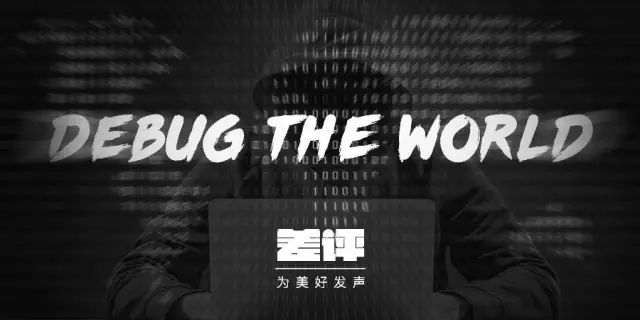This is a new column from the Negative Review team, currently in the early testing phase, and we hope everyone enjoys it. The program aims to discuss various topics weekly, inspire creativity, and develop intellect. After the last episode titled “Midnight Discussion: What PC sites do you still visit?”, we missed an episode due to the intensive schedule of three major product launches, but we are back this Wednesday.
Recently, I visited Mr. Lou Jun, Vice President of IDG, with a colleague, and we casually discussed our views on the Internet of Things (IoT). His general opinion was that we are still some distance away from it; it is an inevitable trend, but it is hard to predict how many years it will take to materialize.
Yesterday, I was in a taxi and excitedly chatted with a friend about this topic.
This friend is in a situation where, although the IoT is still somewhat distant for the general public, he has started to practice it himself.
We chatted in the back seat of the car. In fact, the principle is quite simple: setting logic + event triggers is what we currently envision as the IoT.
For example, when I am driving home from work and there are 20 minutes left until I arrive, the air conditioning starts, the water heater turns on, and if the PM2.5 level is above 80 that day, the air purifier also turns on and is automatically set to turn off in one hour.
Another example: if you are taking a shower and it takes a while, when you come out, the air conditioning will raise the temperature by 3 degrees to prevent you from catching a cold. (The logic here can be assumed as a distance sensor detecting how long you have been inside and sending a signal to the gateway, which then tells the air conditioning to raise the temperature.)
In fact, there is no need to feel that this is mysterious; many products are already available.
Smart Socket


Distance Sensor

Then, my friend and I continued our conversation. He said that there isn’t much he can do right now, but he can boil water through a smart socket before returning to his dorm; and he can use a distance sensor combined with a Xiaoyi camera to automatically capture a 10-second video and send it to his phone if someone breaks in during a room check.
He also mentioned an idea: a gravity sensing module should eventually be used by refrigerators.
The IoT and refrigerators seem to be unrelated; it’s not like a refrigerator can bring you a can of cola directly.
However, once gravity sensing is implemented, the refrigerator can detect the weight changes of the shelf where you keep the cola or the eggs. If the weight drops below 15% of the threshold, it can automatically place an order on Tmall Supermarket.
By the time you get home from work in the evening, these food and drinks will already be at your doorstep.
So, today’s topic is: have you started any IoT practices? Or do you have any particularly cool and unique application ideas for the IoT that others might not think of?
We welcome everyone to think about what the future home will look like at this midnight hour and participate in this topic by leaving a message in the bottom right corner!
See you at 00:01!
